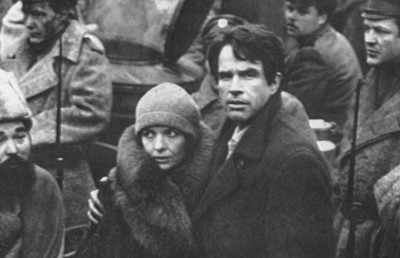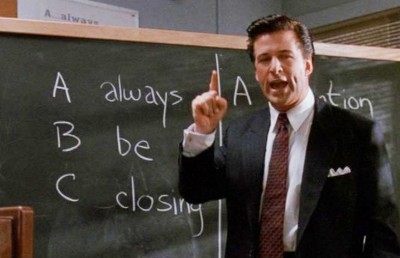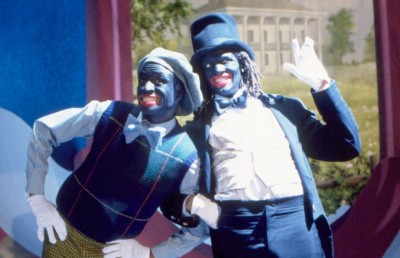Darryl vs. Spyros: Twentieth Century-Fox: The Zanuck-Skouras Years
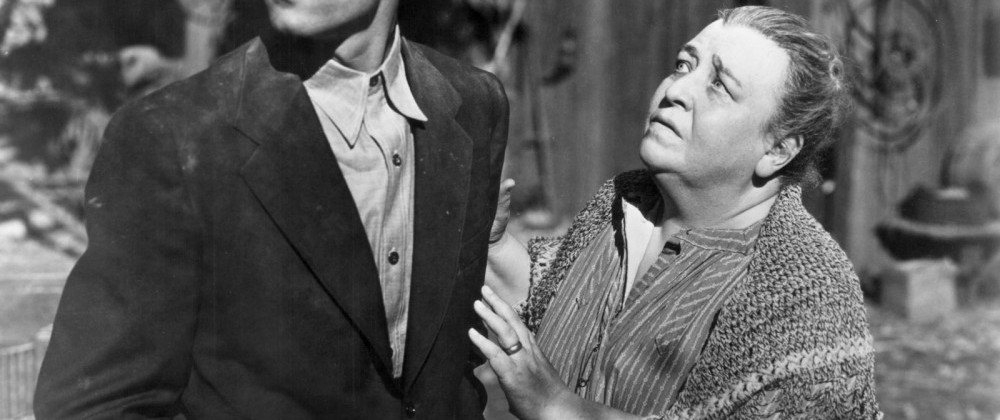
Twentieth Century-Fox: The Zanuck-Skouras Years
By Peter Lev
Austin, Texas, University of Texas Press, 2013. ISBN 978-0-292-74447-9. 314 pp. $50 Cloth
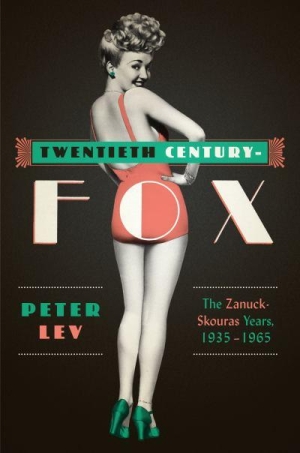
This is a good, fresh idea for a book. Lev is looking at a major studio not only in terms of film production, but also of distribution and exhibition. Most writing about studios focuses almost entirely on production, the glamour side of the business. In John Gregory Dunne’s The Studio (Farrar Straus Giroux, 1968), an incisive look at a year’s worth of production at Twentieth Century-Fox, there are only minor references to the marketing of the films. In the best historical study of the studios, Thomas Schatz’s The Genius of the System: Hollywood Filmmaking the Studio Era (Pantheon, 1988), there are at best only occasional paragraphs referring to distribution. Tom Dardis, in his biography of Buster Keaton, Keaton: The Man Who Wouldn’t Lie Down (Scribner’s, 1979), at least goes to the trouble of mentioning that Keaton’s first films after he left independent production and went to MGM made much more at the box office than his previous films, since MGM had a stronger distribution and exhibition system than his previous home, United Artists.
What Lev has decided to do is look at a studio from the distribution and exhibition side as well as the production. Unfortunately, he tries to make it a battle between two giants, Darryl F. Zanuck, who was head of production, and Spyros Skouras, who became president of the studio and ran the New York office. Zanuck, as we all know, was one of the legendary studio heads and producers of the era. He produced In Old Chicago (King, 1938), The Grapes of Wrath (Ford, 1940), The Razor’s Edge (Goulding, 1946), Pinky (Kazan, 1949), and three winners of the Best Picture Academy Award, How Green Was My Valley (Ford, 1941), Gentleman’s Agreement (Kazan, 1947), and All About Eve (Mankiewicz, 1950). There are five biographies of Zanuck, as well as Rudy Behlmer’s Memo From Darryl F. Zanuck (Grove Press, 1993), an excellent collection of Zanuck’s memos. About Skouras, well, the only book Lev could find was the dreadful paperback original Skouras: King of Fox Studios (Holloway House, 1967). I read it when it came out and is one of the few books I actually threw in the trash. So Lev had an opportunity to take a fresh look at somebody few people have heard of. The problem is that Skouras does not come off as any sort of giant, particularly in comparison with Zanuck. Lev has not helped his own cause, in several ways.
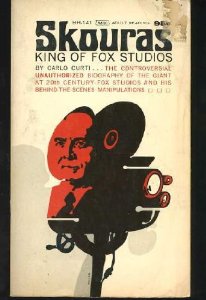
A film historian friend of mine said Lev’s book is the only one she ever read that makes Zanuck seem dull. I am not sure I would go that far, but Zanuck is not the lively figure in this book he is in the others. But Skouras comes across as even duller, and he did not need to be. Lev has used a lot of very good sources, but in his effort to make Skouras Zanuck’s equal, he has not used some great material in those sources. You get no sense from Lev’s book that the creative people at Fox thought that Skouras was a buffoon. Philip Dunne, in his memoir Take Two: A Life in Movies and Politics (McGraw-Hill, 1980), has a funny story of Zanuck literally locking Skouras out of a projection room at Fox during a screening. Nunnally Johnson, in the oral history interview I did with him in the late sixties (which Lev has in his bibliography), tells a story of Skouras pushing himself into a meeting Johnson was having with British Field Marshall Auchinleck to discuss Rommel when Johnson was writing The Desert Fox (Hathaway, 1951). Skouras spent half an hour talking about how his friends in the Greek shipping business won World War II. One can understand Lev’s reluctance to show that side of Skouras, but it would have made him, and the book, more entertaining. The challenge Lev decided not to face as a writer was to integrate Skouras’s excesses into a full portrait of the man.
Lev did have access to Skouras’s papers, including at least two unpublished memoirs Skouras dictated, but it appears he did not have permission to quote directly from them. He does have quotations from some of Skouras’s memos, but they tend to be more formal and of course not as interesting as Zanuck’s. Lev rightly points out that Skouras’s greatest achievement was to bully Zanuck and theatre owners around the world into accepting the widescreen process CinemaScope in the fifties. Unfortunately Lev gives us very little detail on how Skouras did it. That is certainly a subject for further research.
In addition to not using the material available as well as he could, Lev loses focus in his writing. The book is supposed to be about the conflict between the New York (distribution and exhibition) and Los Angeles (production) branches of the company, but Lev keeps wandering off into little case studies of how some of the films got made. That is the sort of thing that Schatz, John Gregory Dunne and many others have already done. Lev’s choices for case studies are odd, to say the least. He spends eight pages on the Shirley Temple film Wee Willie Winkie (Ford, 1937), without making it clear what it has to do with either Zanuck or Skouras. Lifeboat (Hitchcock, 1944), another of his case studies, was made while Zanuck was away from the studio during the war. Lev has a two-page section on The Desert Fox (with no reference to Skouras and Auchinleck), but like many of his other discussions, there is way more summarizing of the plot than needed. And then he only mentions in passing the sequel The Desert Rats (Wise, 1953), without discussing that it was made to pacify the British, who were offended by the first film’s admiration of Rommel. Surely Skouras, or at least the New York office, was involved in the decision to make the second film.
For a book from the well-regarded University of Texas Press, someone has allowed a number of errors to creep in. I knew this was going to be a problem as early as page 23, where Lev calls Drums along the Mohawk (Ford, 1939) Guns along the Mohawk. On page 57 Lev has John Steinbeck telling Nunnally Johnson to “tamper with” The Grapes of Wrath when writing the screenplay. Steinbeck in fact told Johnson that three years later when Johnson was adapting another Steinbeck book The Moon is Down (Pichel, 1943). Johnson asked him if he had any advice this time around, and Steinbeck said, “Yeah, tamper with it.” Johnson said later, “That’s the warmest thing I’d every heard.” The index is also rather sloppy, with a number of films in the book not listed in the index, including Jesse James (King, 1939), The Desert Fox, and The Desert Rats. And for all this, they want $50.
As I said at the top of the review, this is a good idea for a book, even if this one does not develop the subject as well as it could. We should encourage other film scholars to look more deeply into the relationship between the production side and the distribution and exhibition sides. Somebody may even want to take another crack at Skouras.



